Great Inventions Of The 19th Century
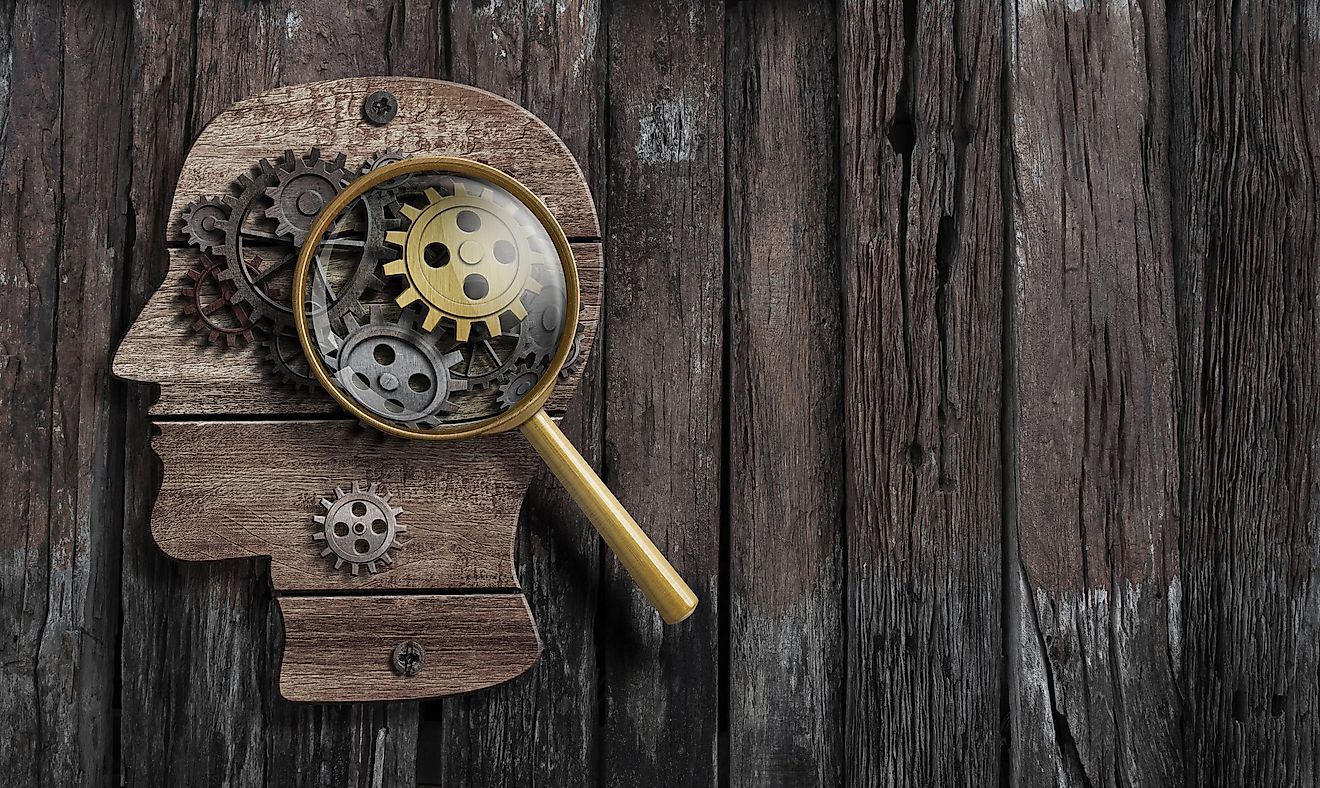
- Dr. David Alter was actually the first to develop the electric telegraph, not Morse, but Alter did not manage to establish a practical system.
- Coca-Cola contained trace amounts of cocaine until 1929.
- Before the invention of a coffee pot, coffee lovers had to chew the coffee since the drink would be full of grounds.
An invention is a new process, method, composition or device which achieves unique functions. It can be an entirely new device or an improvement to a machine that makes it work more efficiently. Ever since the beginning of time, human beings have been building tools and processes which helped them tame their environment. Technology has helped shape the world into what it is today, and these prominent discoveries of the 19th century had a substantial impact on the world as we know it.
1. Typewriter - 1867
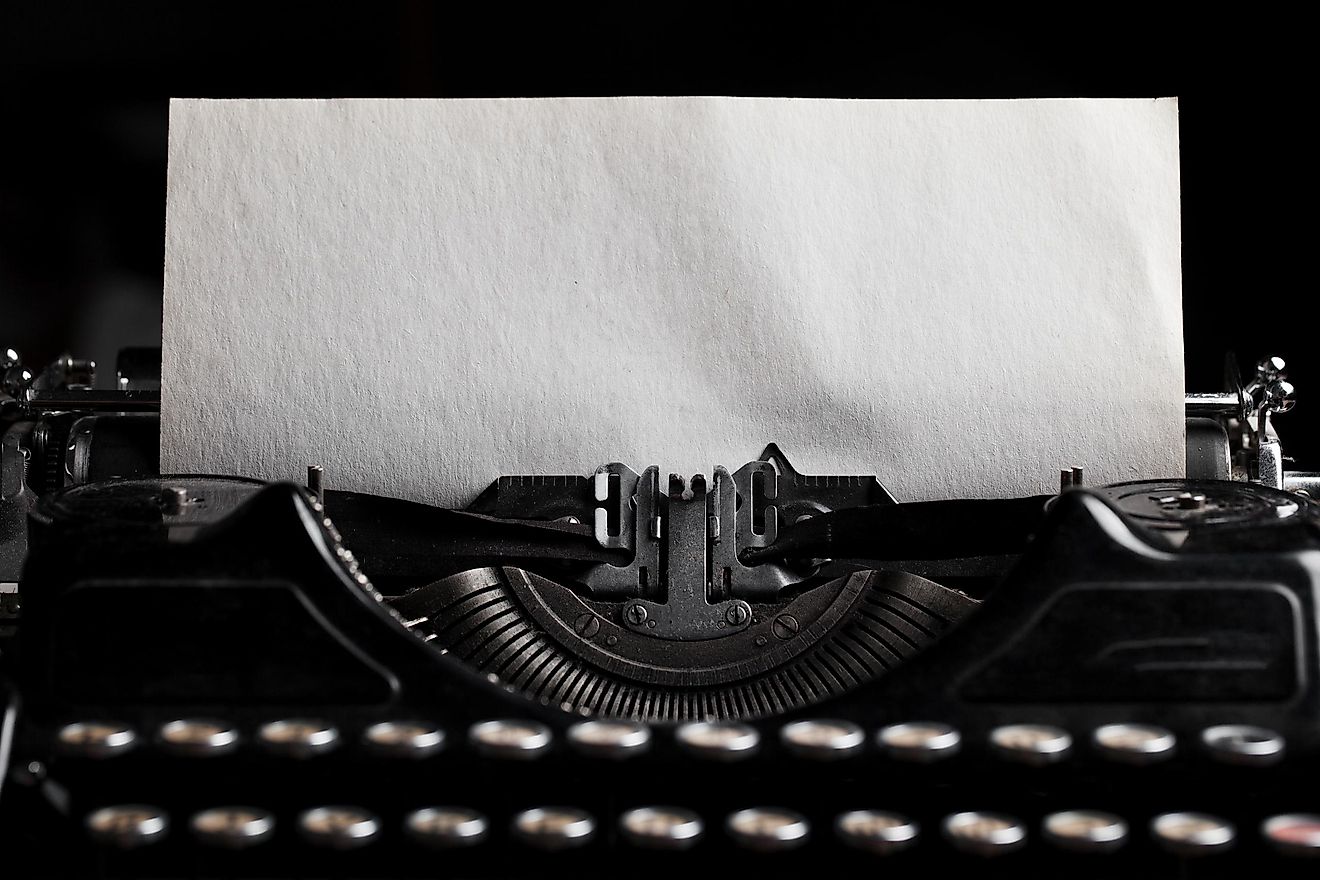
Typewriters are electromechanical or mechanical machines that produce characters by pressing ink upon paper. Johann Gutenberg invented the idea of a printer which applied the concept of the movable type, a revolutionary modification. Gutenberg helped convert the printing press into simple equipment for personal usage. The description of this type of device dates back to 1714 when Henry Mill patented the typewriter idea. Christopher Sholes created the first reliable typewriter with the help of Samuel Soule and Carlos Glidden in 1867. Sholes licensed the patent to Remington and sons from New York who developed the first commercial typewriter in 1874. Thomas Edison built the first electric typewriter in 1872.
2. Camera - 1888
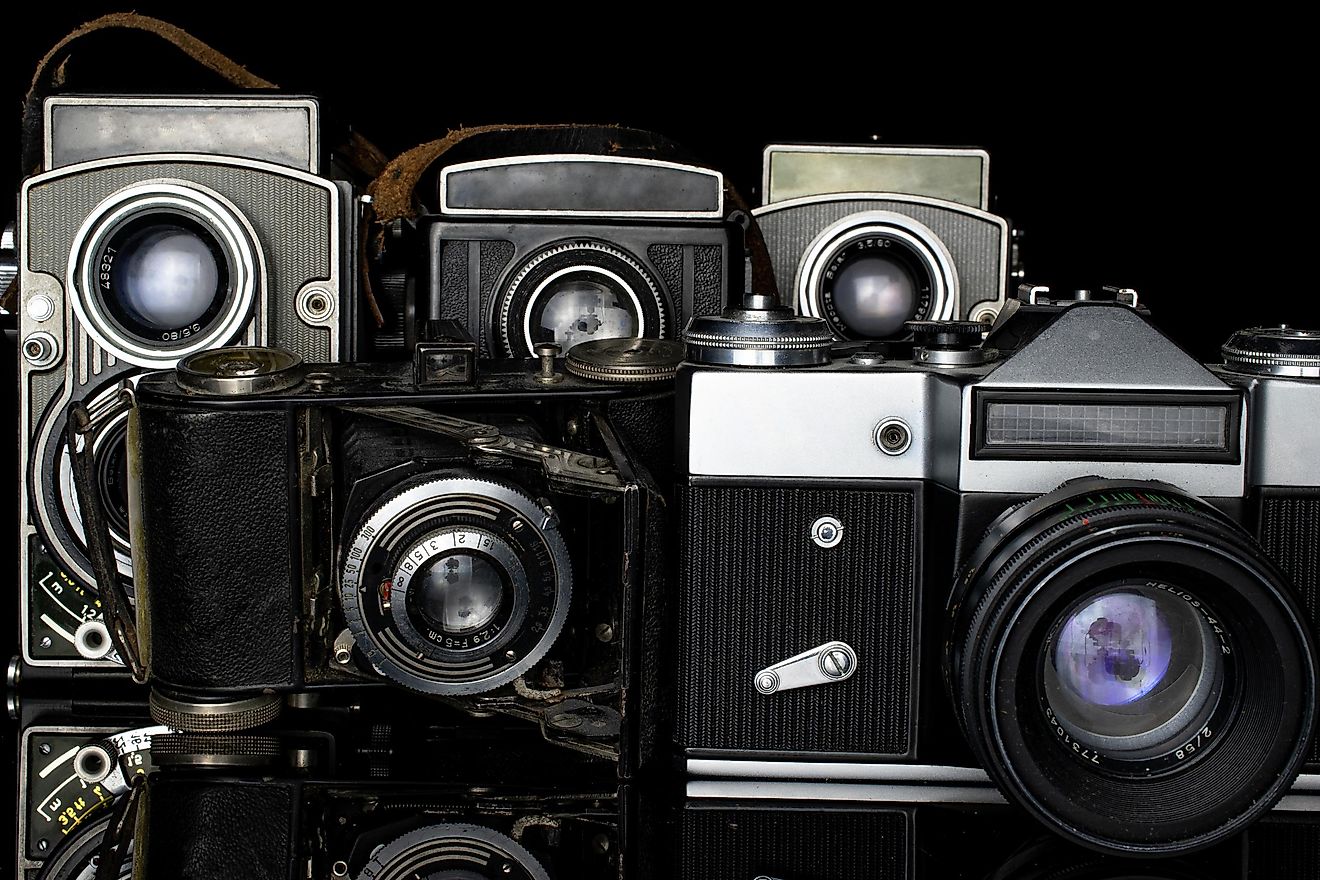
Cameras have evolved over the years from the camera obscura to the numerous generations of photographic technologies including films, dry plates, calotypes, daguerreotypes and finally the present-day digital camera. George Eastman pioneered photographic film usage in 1885 when he started producing paper films. He patented his first film in 1884 and perfected the first camera using roll film in 1888. That same year, Eastman introduced the Kodak camera into the market. It was a unique box-camera that came with a film roll big enough for one hundred photos. The film roll had to be returned to the company for processing once finished. In 1892, Eastman opened the Eastman Kodak Company which produced transparent flexible films.
3. Electric Battery - 1800
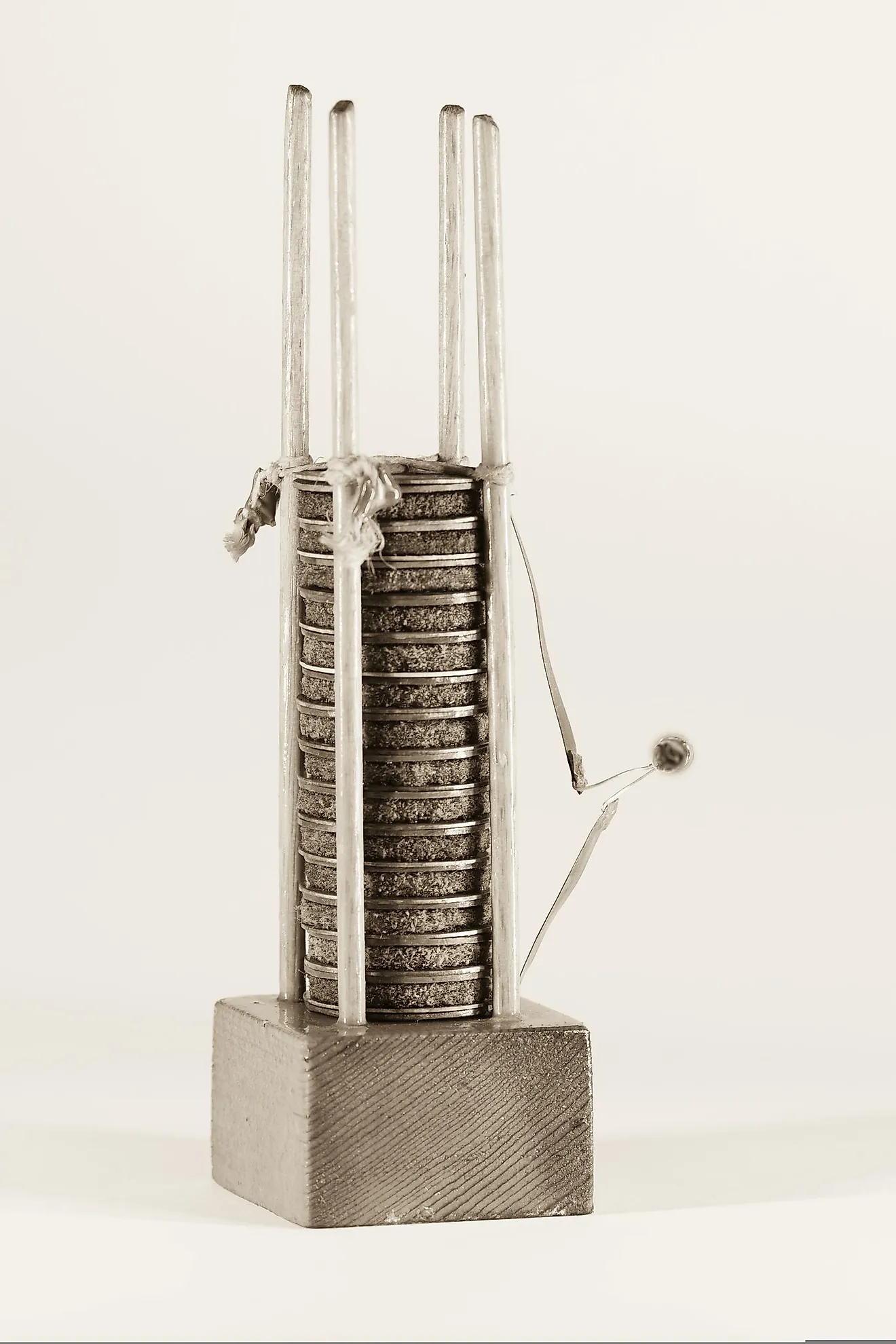
The concept of electricity dates back to ancient Greece when Thales noticed that an electric charge was produced when he rubbed amber. Scientists also discovered a 2,000-year-old jar in Baghdad in 1938, which is believed to be the world's earliest example of a battery. It produced 1.1 volts. The current battery was invented by Alessandro Volta in 1800 when he developed his voltaic pile. The voltaic pile could create a steady and reliable electricity stream. Volta started his work in 1794 when he noticed an electrical interaction between two metals that were submerged in an acidic solution. Using this principle, he designed his battery which had alternating zinc and copper rings immersed in an electrolyte.
4. Telephone - 1876
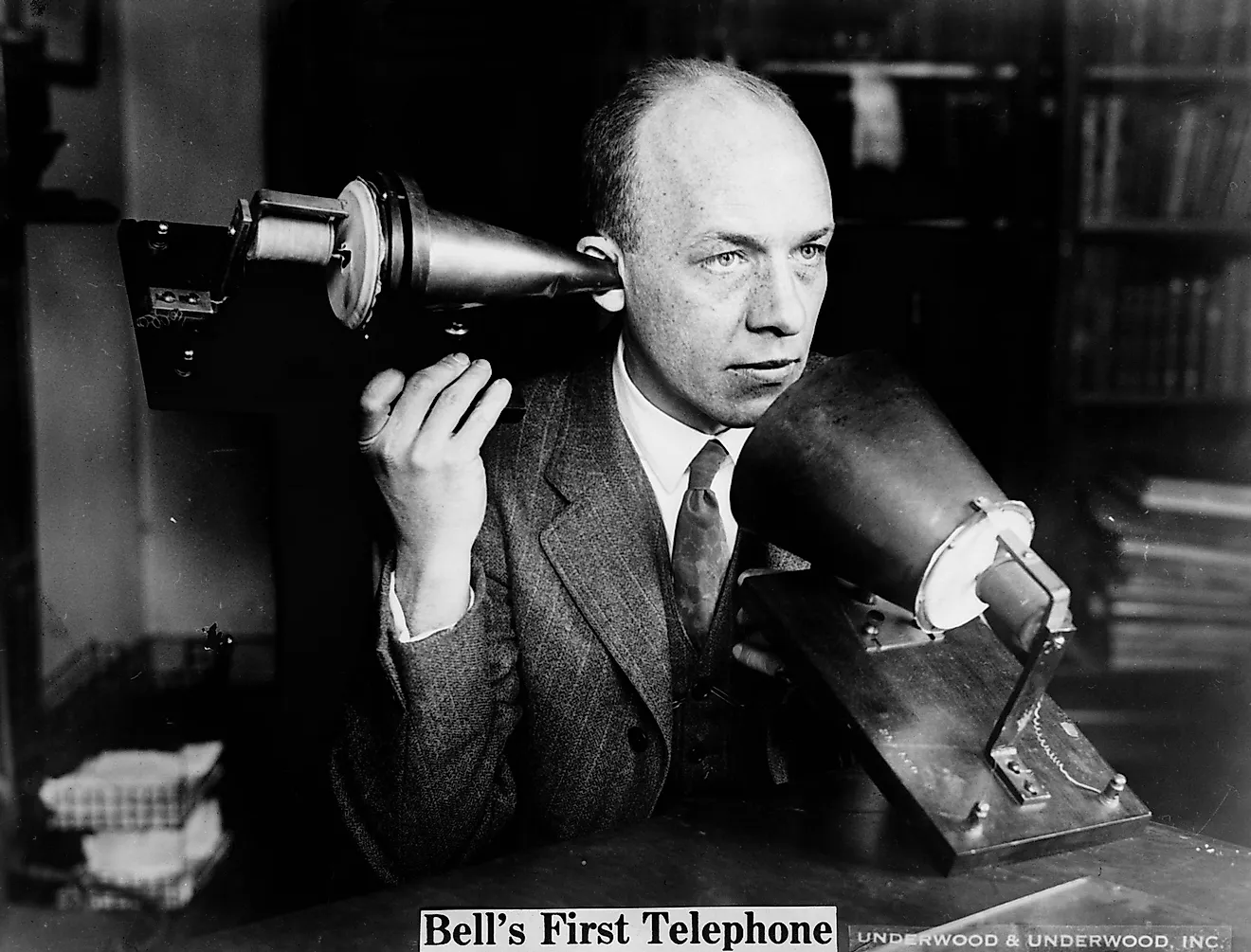
A telephone is a system that converts a voice into an electric impulse of varying frequency and then back to its original form. Michael Faraday was the first person to contribute to the idea of a telephone when he proved that metal vibrations could be converted into electric impulses. Faraday’s concept was not put into practice until Philip Reis invented a device that could convert sound waves into electric impulses and then back to sound waves in 1861. The invention of a practical telephone is credited to Alexander Graham Bell and Elisha Gray who worked on their projects independently. Gray invented the first electromagnetic receiver in 1874 but did not perfect the design of a working diaphragm until Bell managed to create the first working telephone. The invention became a reality on March 10, 1876, when Bell transmitted the first sentence through his simple phone.
5. Aspirin - 1897
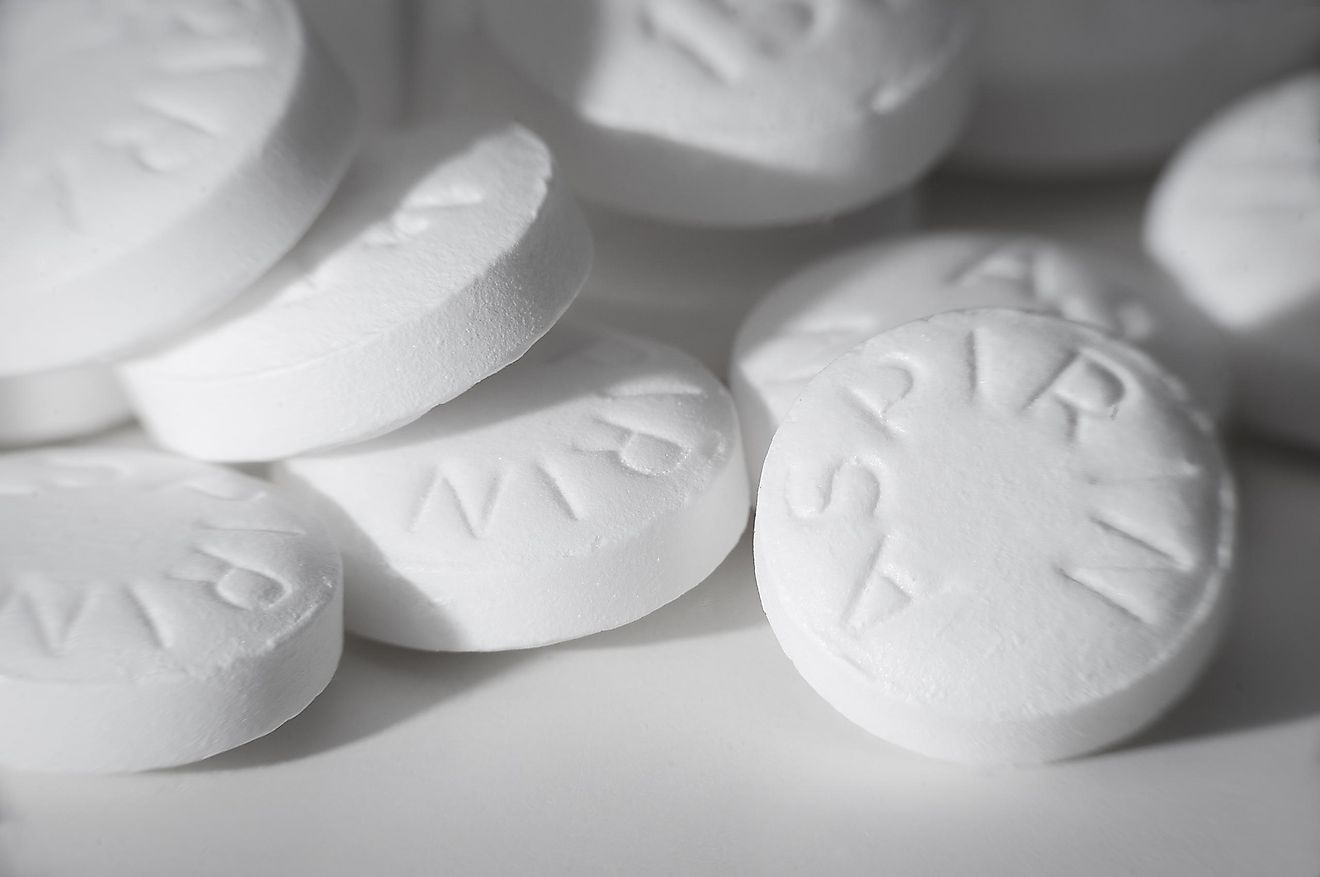
The effects of aspirin-like mixtures have been known for centuries now. The earliest reports of the use of salicylates date back to the Sumerians, the earliest known civilization, who used willow tree bark to help reduce fever and illness. The willow tree has the salicin compound which is similar to the compound that we call aspirin: acetylsalicylic acid. However, it was not until the 1800s that researchers discovered and extracted salicylic acid from willow trees. Charles Gerhardt tried mixing salicylic acid with other elements in 1853, but his method of synthesizing the compound lacked efficiency. In 1897 Felix Hoffmann, a German chemist, was searching for medicine to help relieve his father’s arthritis when he created proper acetylsalicylic acid, branded and sold as aspirin.
6. Coffee Pot - 1806
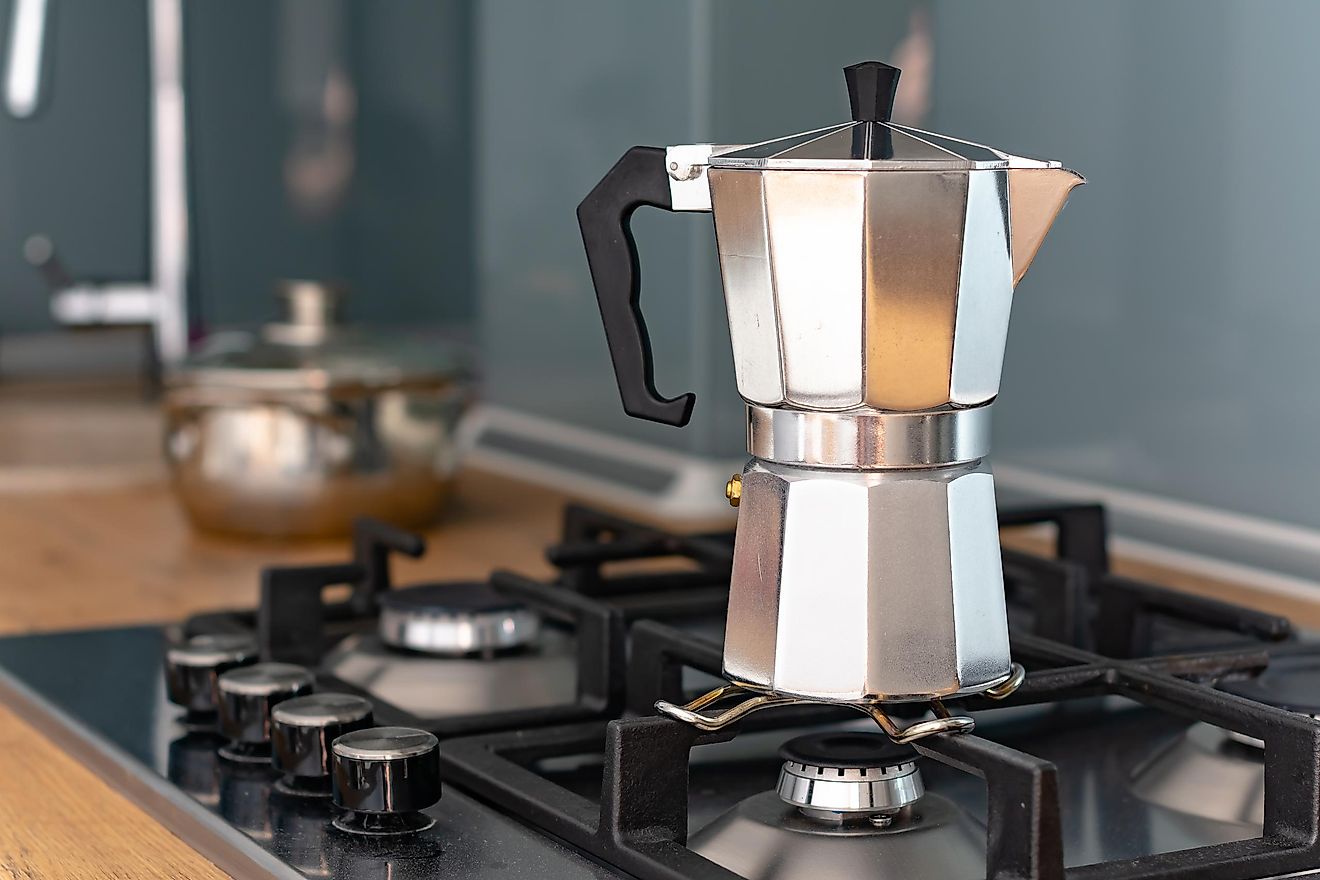
Before the invention of a coffee pot, coffee lovers had to chew the coffee since the drink would be full of grounds. In 1806, Benjamin Thompson invented a percolating coffee pot with a metallic sleeve that helped strain all the grounds, converting the beverage into a refreshing drink instead of a liquid meal. Thompson developed the coffee pot after his service with the Bavarian army where he helped improve their diets. Thompson was a British inventor and physicist whose inventions and challenges in establishing physical theory played a crucial role in the creation of thermodynamics during the 19th century.
7. Sewing Machine - 1846
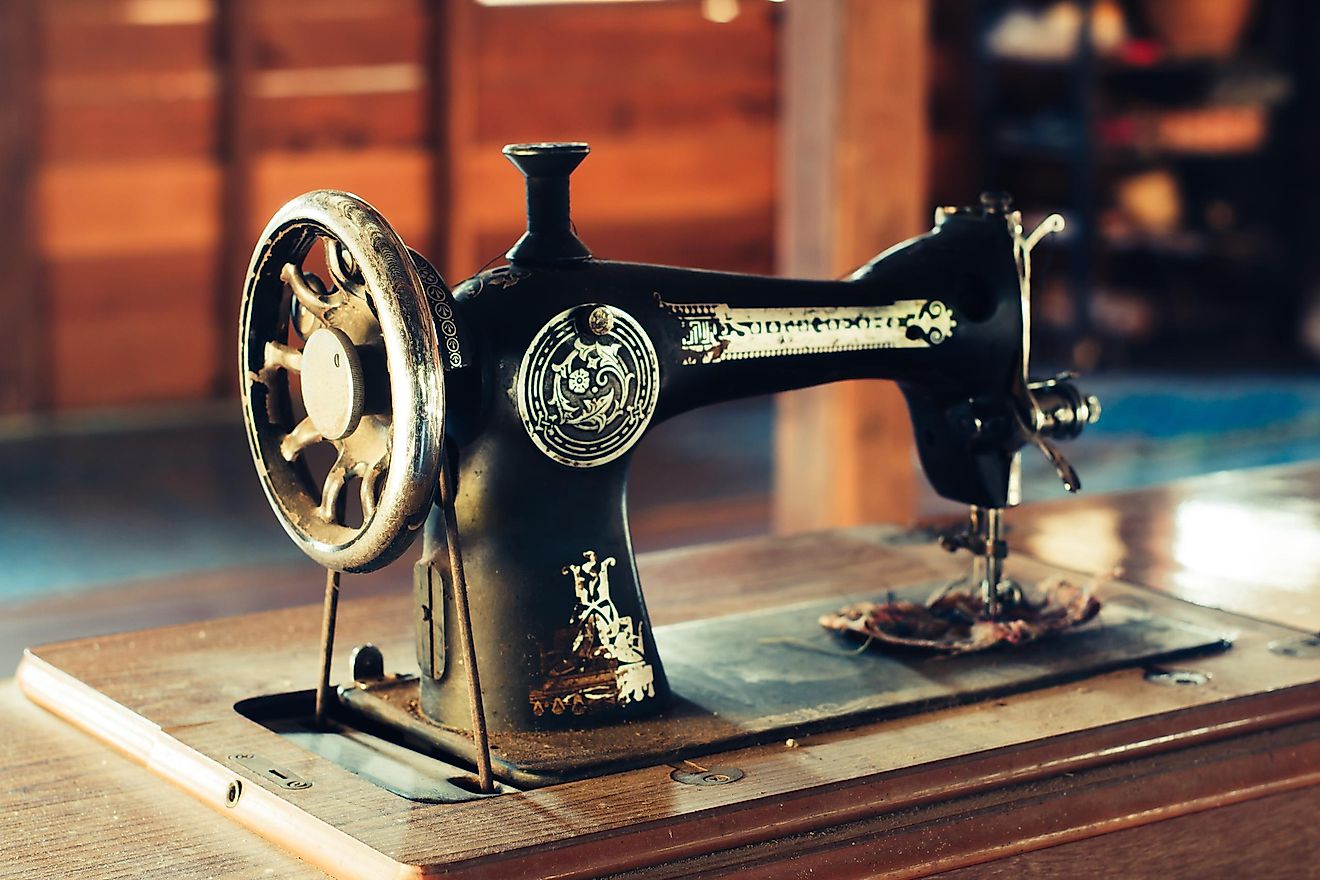
During the early 1800s, much of the population did not have the income to purchase clothes. Therefore, everything was sewn by hand and families had to sew clothes using a thread and needle. Elias Howe changed all this when he invented the sewing machine as we know it, which he patented in 1846.
However, although the patent for the sewing machine was new, the concept wasn't. In 1755, Charles Wiesenthal had invented a double-pointed needle which got rid of the idea of turning the needle after every stitch. Bartholomew Thimonnier created his sewing machine using the double-pointed needle in 1830. In 1834, Walter Hunt invented double-thread shuttle equipment. Nonetheless, Elias Howe is remembered for his invention of an early model of the modern sewing machine.
8. Telegraph - 1836
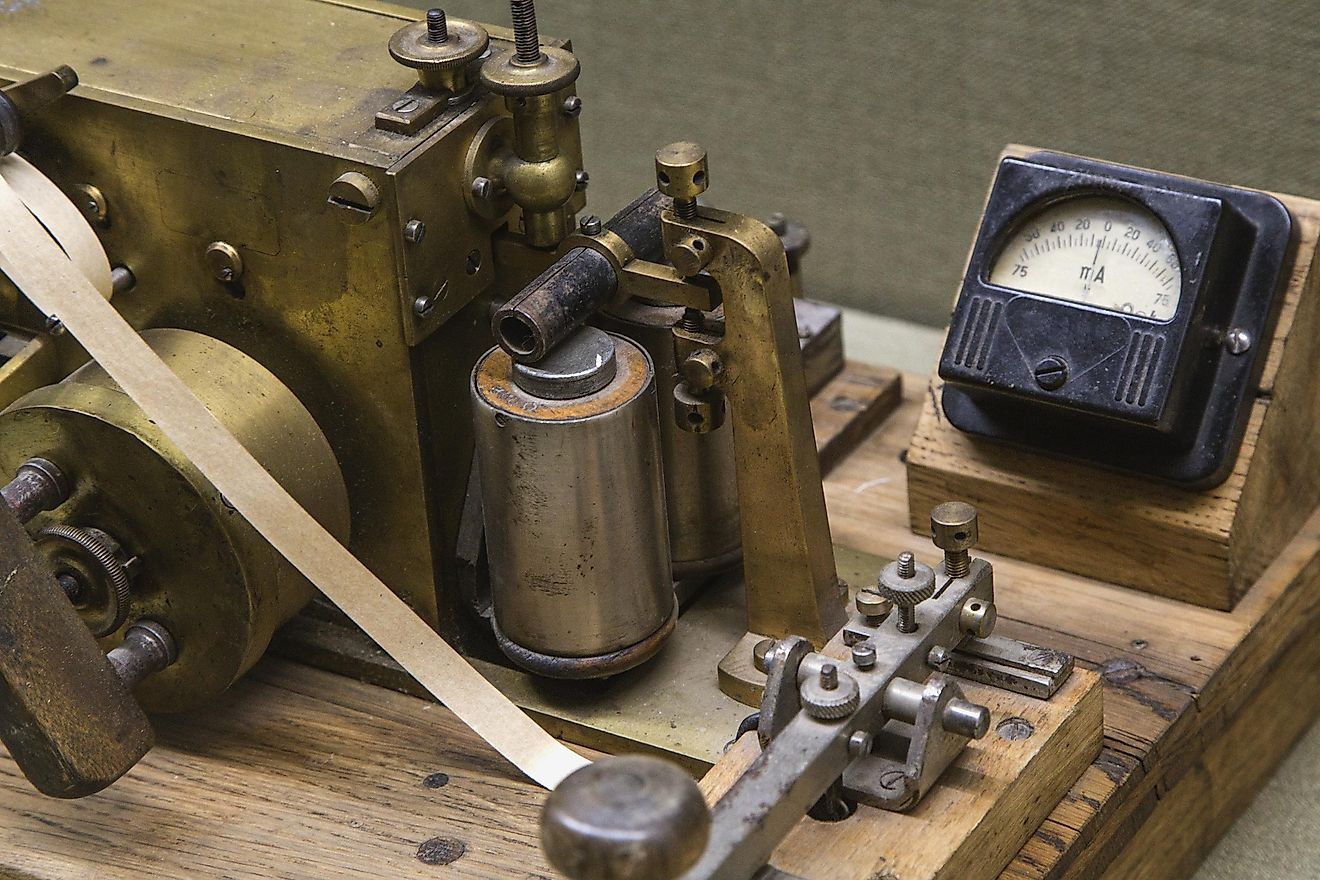
Pavel Schilling invented the earliest electromagnetic telegraph in 1832, making him the first inventor to use the idea of binary systems in signal transmission. In 1833 Carl Gauss used induction pulses to send seven letters per minute, and this earned him some funding which enabled him to construct a telegraph network along the German railroad in 1835.
Dr. David Alter developed the first electric telegraph in 1836 in Elderton, but he did not manage to establish a practical system. In 1837, Samuel Morse developed a more efficient device. Together with his friend, Alfred Vail, they managed to create Morse code and send the first telegraph message across two miles on January 11, 1938. He later managed to send another message over 44 miles from Washington to Baltimore.
9. Paperclip - 1899
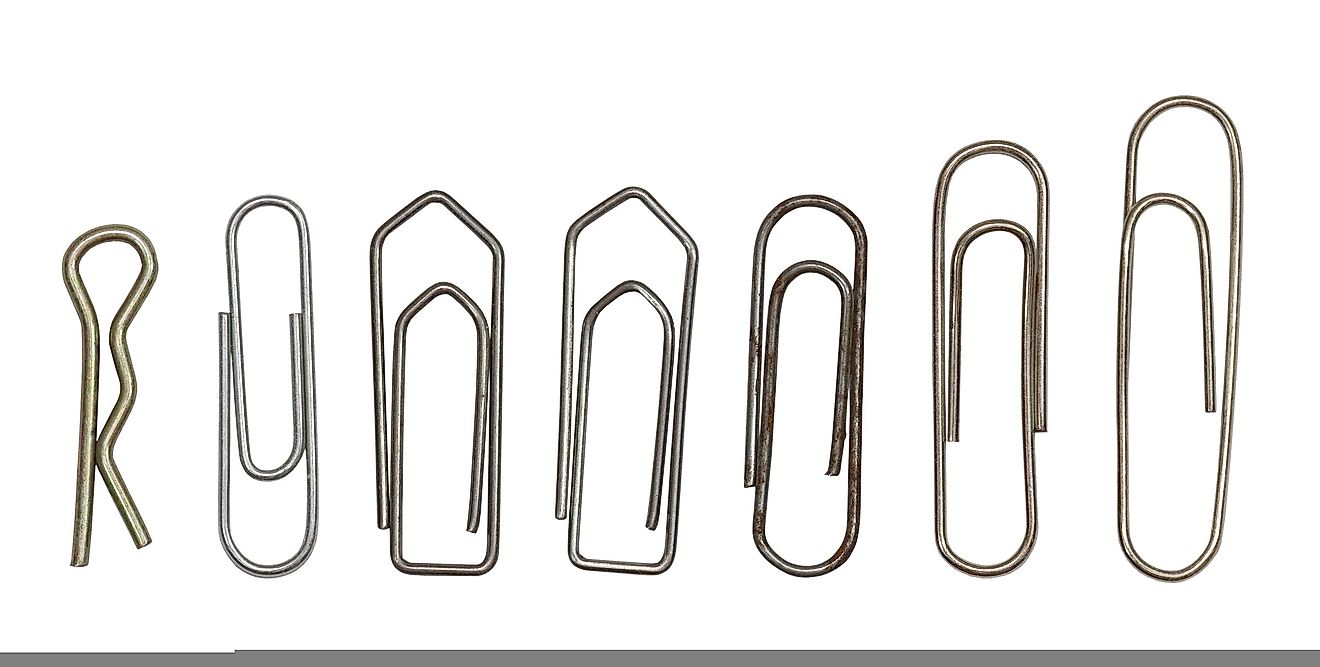
A paperclip might be a simple device, but for centuries people used straight strings and pins as fasteners, which damaged documents. Samuel Fay invented the first paperclip in 1867 and patented it as a ticket fastener on April 23, 1867. Over 50 designs were copyrighted before 1899, none of them resembling the current paper clip design.
William Middlebrook designed the modern paper clip. Middlebrook also developed a paperclip-creating machine as early as April 27, 1899. He sold the patent to Cushman and Denison in 1899 who created "GEM," a trademark for their paperclips. In 1903 George Mc Gill patented a design that resembles today’s version of paper clips.
10. Escalator - 1892
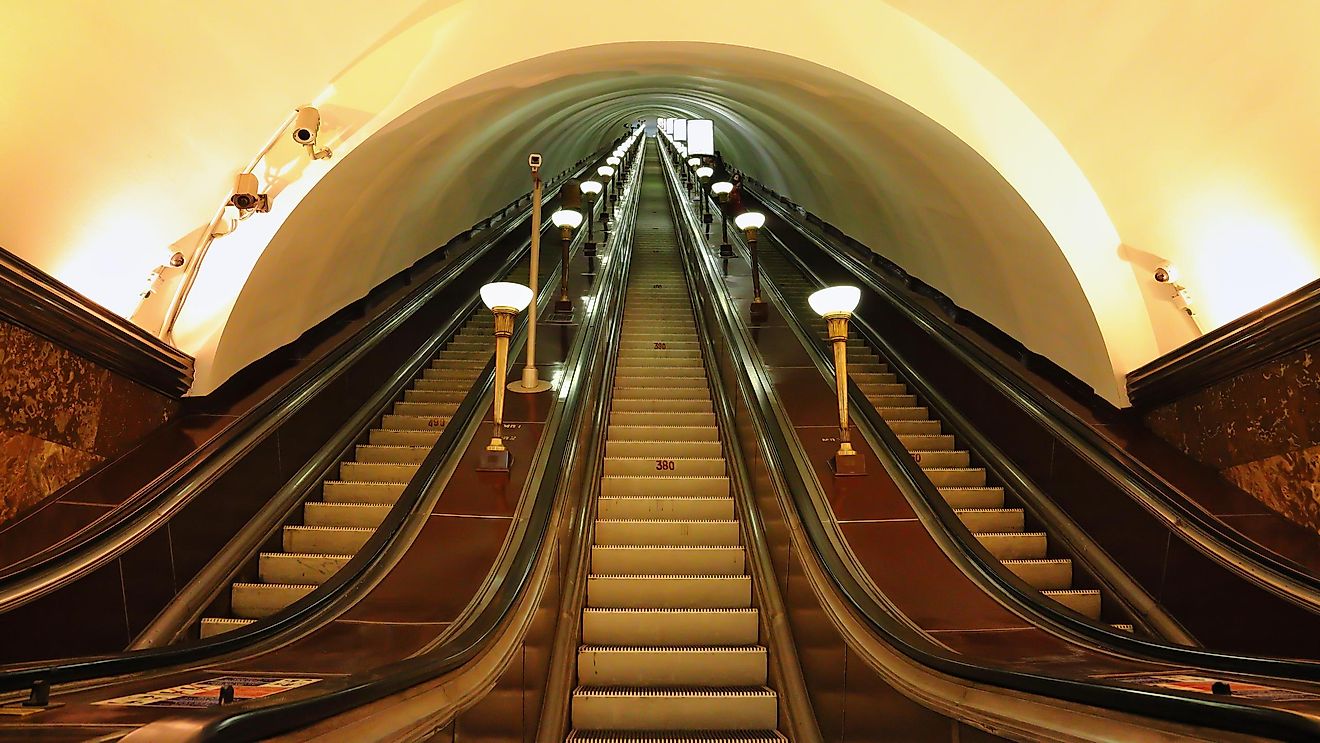
Jesse Reno invented an escalator-type machine in 1891. The earliest working escalator (which was patented to Jesse Reno in 1892) was installed at the Old Pier, Corney Island as a novelty ride in 1896.
George Wheeler patented an Escalator on April 18, 1899, and then sold it to Seeberger who registered the trademark "Escalator." Seeberger sold the trade name "Escalator" along with the patent to the Ortis Elevator Company in 1910, and with the help of David Lindquist, they added some improvements to the invention, thus creating present-day escalators.
11. Coca-Cola - 1886
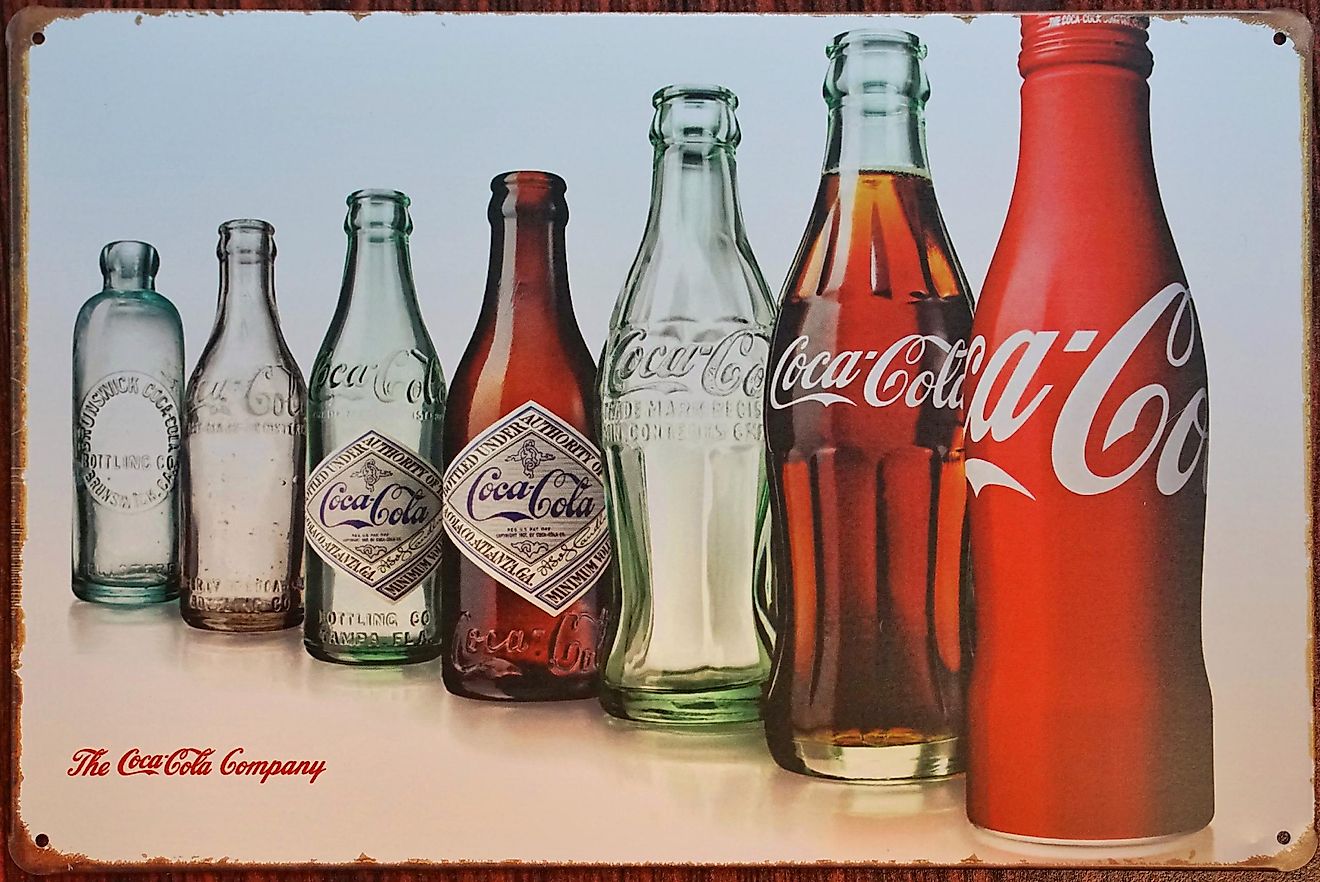
The history of Coca-Cola dates back to 1886 when Dr. John Pemberton modified his tonic headache and stimulant formula, creating Pemberton’s French Wine Coca. Dr. Pemberton produced a Coca Cola syrup and took it to Jacob’s pharmacy where they sampled it and sold it at five cents per glass. With the help of Frank Robinson, Dr. Pemberton coined the trademark "Coca-Cola" which refers to the two main "medicinal" ingredients in the original recipe: coca leaves, which is what is used to make cocaine, and kola nuts. Dr. Pemberton sold part of his company, and before he died, he sold his last share of the company to Asa G. Candler who managed to gain complete control over the beverage. Mr. Candler, together with his brother John and other associates, opened The Coca-Cola Company. Coca-Cola contained trace amounts of cocaine until 1929.
12. Chewing Gum - 1870
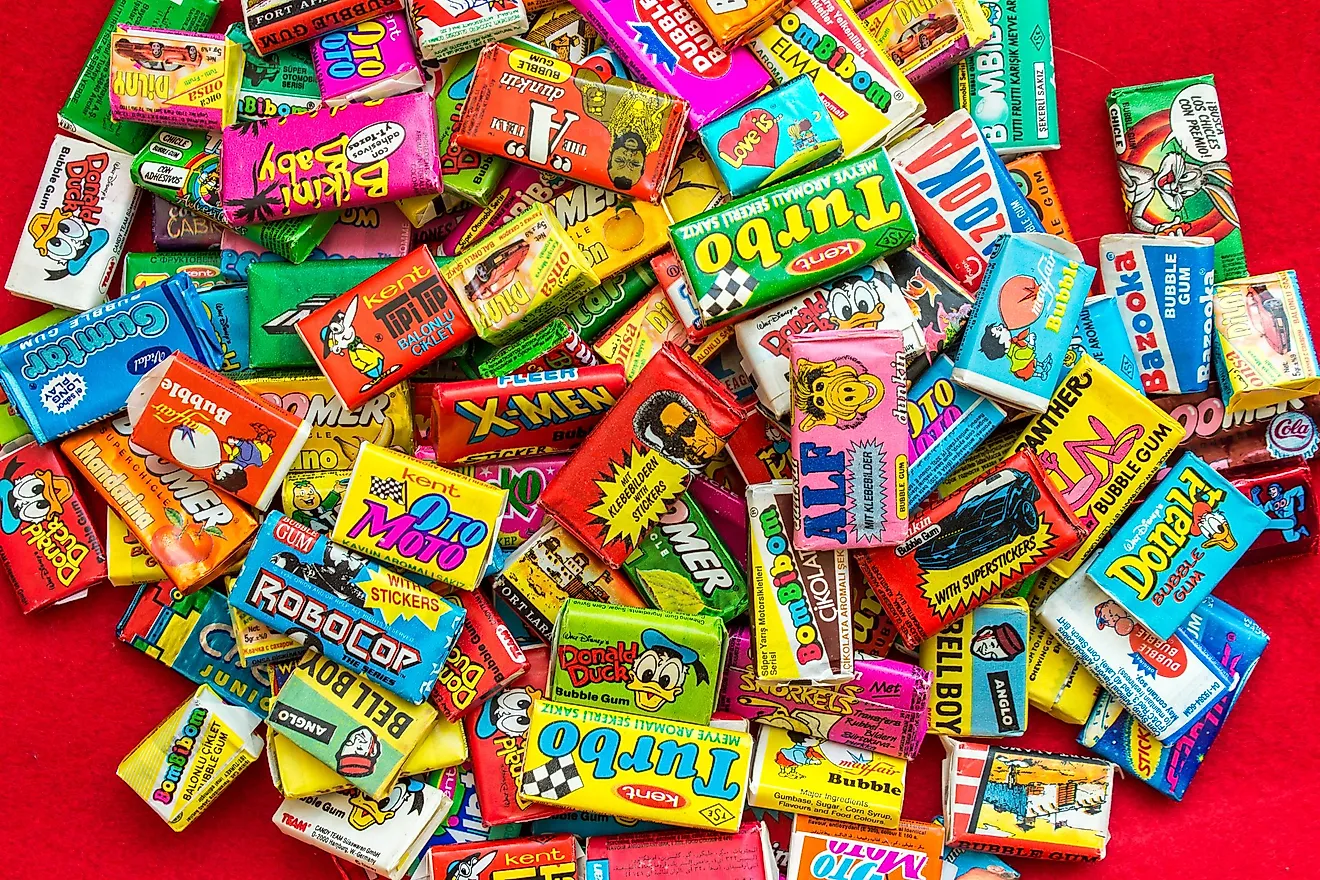
People have had chewed gum-like substances for centuries now—in fact, the earliest gums were thickened latex or resin obtained from various trees while others were from waxes, grains, leaves, and grasses. The American colonists chewed gums from spruce trees, and they were sold as lumps in the eastern parts of the United States by the early 1800s.
Chewing gum was made by Thomas Adam, who was introduced to chewing chicles by General Santa Anna. Adam experimented on it and tried making rain boots, masks and toys from chicle but failed. Tired and discouraged, Adam popped a small piece of his surplus chicle into his mouth and finally came up with the idea of the first chewing gum, opening a factory in 1870. Adam patented the gum-making process on February 14, 1871. He created the first flavored chewing gum called the "Black Jack" in 1880.
13. Elevator - 1852
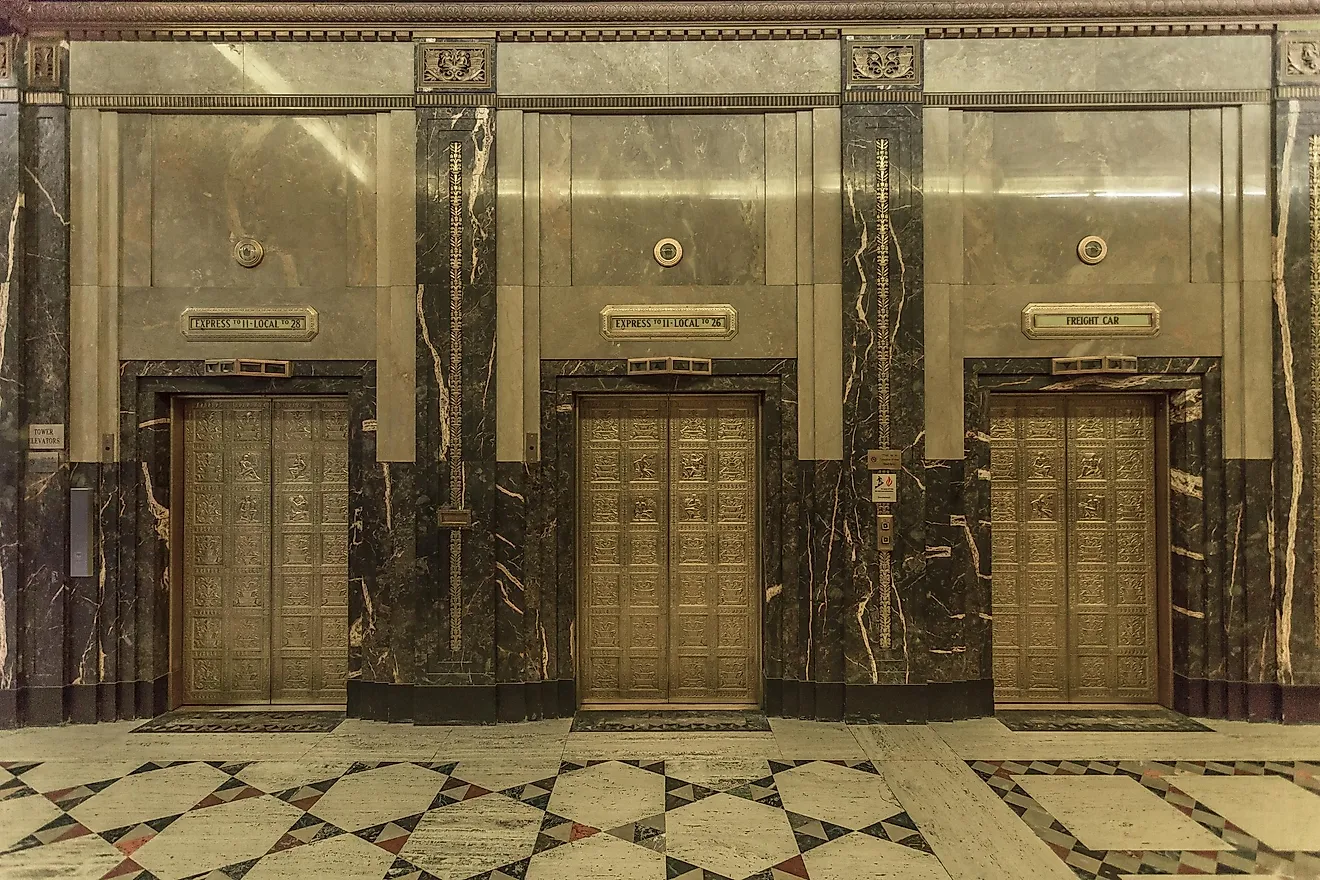
The origin of elevators dates back to 1852 when Elisha Otis developed the first elevator safety brakes, installing them in an elevator in 1853 and paving the way for safe societal use of elevators. Before brakes were invented, elevator-type contraptions were used to transport goods from one floor to another, but required a firm hand on the rope to prevent the elevator from dropping. Otis started his elevator company in 1853, which manufactured freight holstering elevators. His invention helped architects achieve the goal of designing taller buildings.
Otis installed the first human elevator in a department store in New York in 1857. He received the patent for his improvements on the safety brakes and the holstering device in 1861. After his death, his sons opened the Otis Brothers and Company, and by 1873 they had installed over 2,000 elevators in various buildings. The Otis brothers partnered with 14 other entities to create the Otis Elevator Company in 1898, and they introduced the gearless traction elevator in 1903.
14. Jell-O - 1897

A man named Pearl Wait decided to switch to the food industry after his syrup manufacturing business failed in 1897. Pearl modified gelatin, which had been invented in the 1600s, by adding some fruit syrup to it. By doing this, Wait created a new product named Jello. Pearl tried marketing his new product, but due to lack of enthusiasm, he sold the patent to Francis Woodward. By the 1900s various chefs discovered Jell-O and introduced it to the market. Woodward started advertising his product in 1902 as the "Best American Dessert." Jello remains popular today.
15. Automobile - 1889
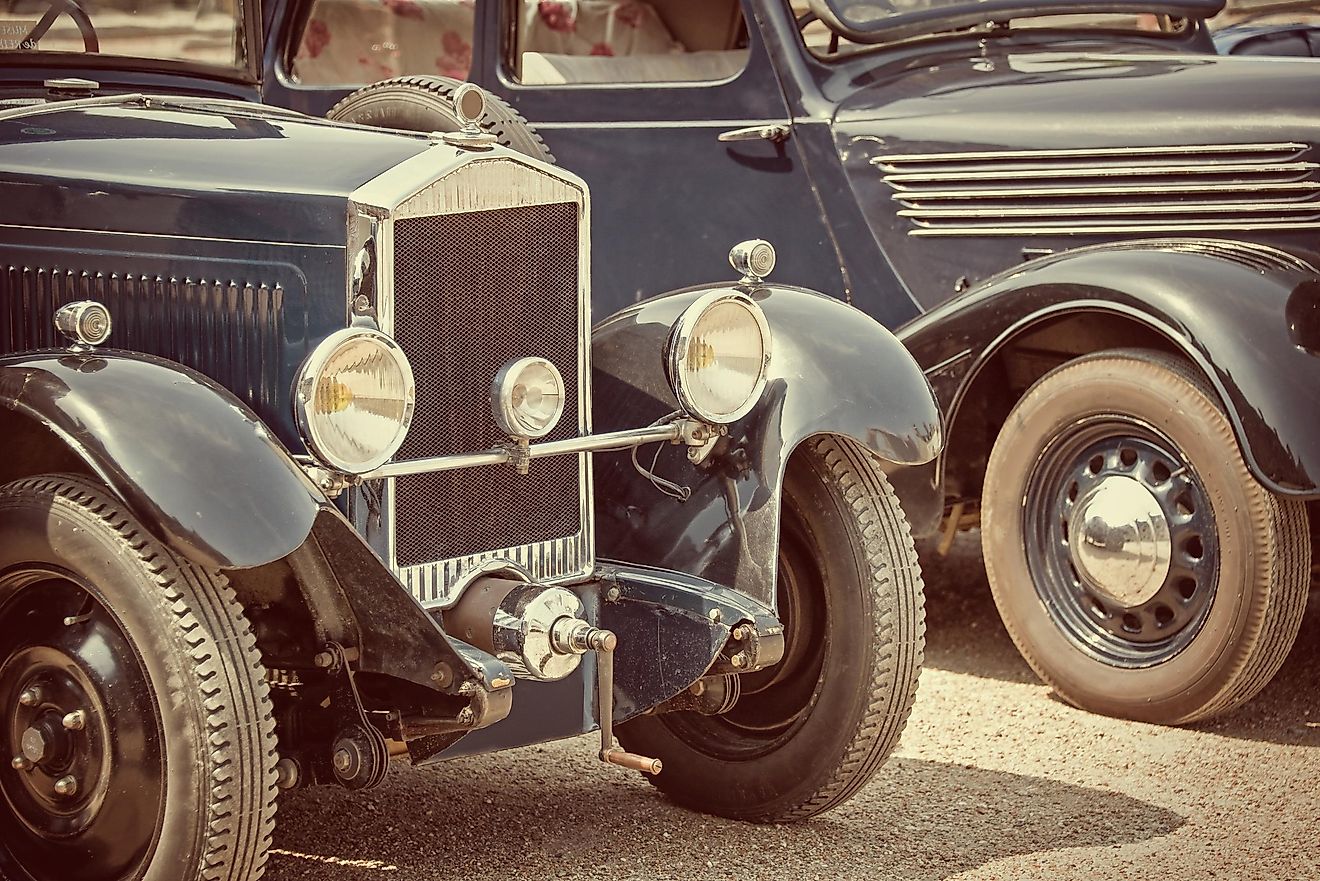
The earliest automobile ever invented was the Fardier which was built by Nicholas Cugot. Fardier was a steam-powered machine that Nicholas developed for the French War minister in 1771. The Fardier was much slower than a horse-driven vehicle, and therefore was never reproduced. Wilhelm Maybach and Gottlieb Daimler built the first automobile, powered by a 1.5hp 2-cylinder gasoline engine in 1889. Their car had a 4-speed transmission and attained a maximum speed of 10 mph.
Another German known as Karl Benz developed a gasoline-powered vehicle in 1889, and his is considered to be the first practical automobile. The first mass-produced cars were the Curved Dash Oldsmobile which Ransom E. Olds produced in 1901 in the United States. Henry Ford is credited for the current mass production of vehicles after he built his first car in 1896. Ford began developing the Model-T in 1908 and by the time its production stopped in 1927, over 18 million units had been sold.











